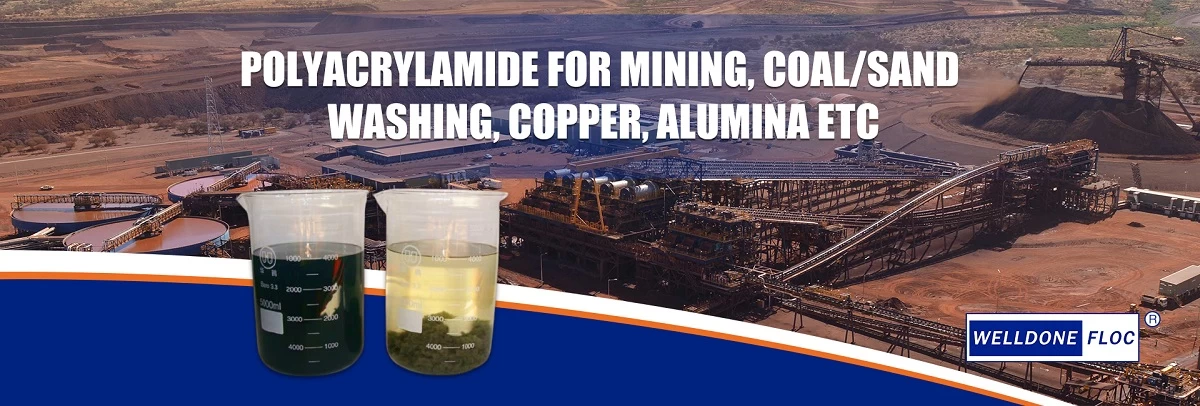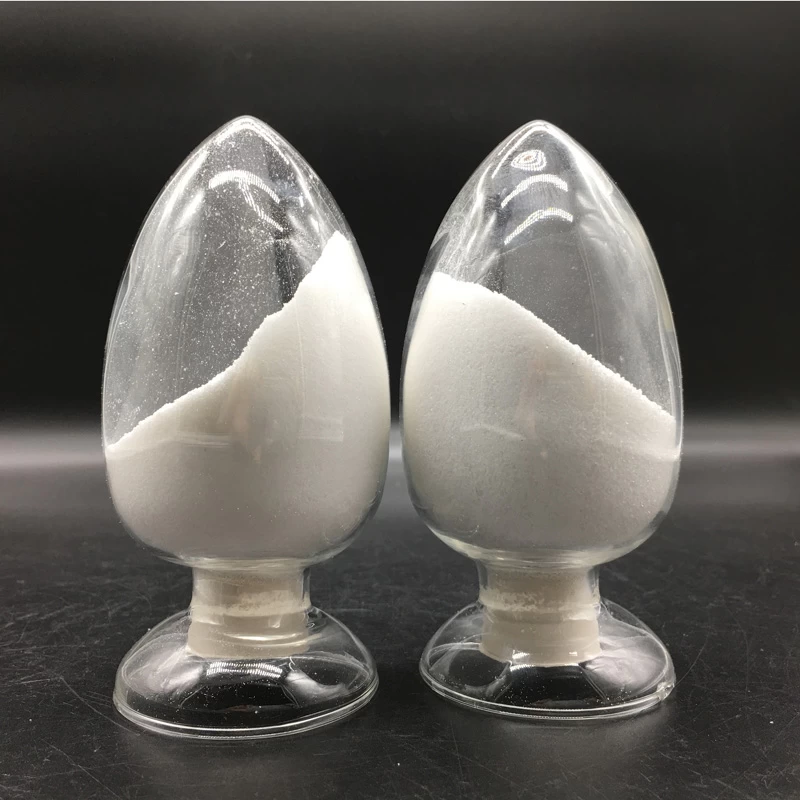The combination of polyaluminum chloride and polyacrylamide
Hana Wang
Original
2021-06-04 14:10:33
Practice has proved that polyaluminum chloride and polyacrylamide have a strong interaction with each other. These two agents are used to treat almost all types of sewage. They can be described as a golden combination. Generally speaking, when polyaluminum chloride and other inorganic coagulants are combined with poly When organic flocculants such as acrylamide are used at the same time, the inorganic coagulant PAC is added first, and then the organic flocculant PAM is added. Generally speaking, in the process of use, polyaluminum chloride is used as a coagulant, and polyacrylamide is used as a coagulant. If the two of them are directly mixed, flocculation reaction is likely to occur. That is, one is used as a substrate and the other is used as a flocculant, which will affect the effect of the treatment.
The two are used together, the purpose is to improve the flocculation effect, reduce the dosage, and reduce the processing cost. If it is directly mixed, it will increase the use cost. For the dosing sequence of polyacrylamide and polyaluminum chloride, experience has shown that it should be at least 5 seconds, and it is recommended to be about 30 seconds. This time interval not only ensures that the water purification effect reaches a higher point, but also saves chemicals and reduces water. Processing cost, therefore, polyaluminum chloride and polyacrylamide have a great interaction with each other.
The two are used together, the purpose is to improve the flocculation effect, reduce the dosage, and reduce the processing cost. If it is directly mixed, it will increase the use cost. For the dosing sequence of polyacrylamide and polyaluminum chloride, experience has shown that it should be at least 5 seconds, and it is recommended to be about 30 seconds. This time interval not only ensures that the water purification effect reaches a higher point, but also saves chemicals and reduces water. Processing cost, therefore, polyaluminum chloride and polyacrylamide have a great interaction with each other.

 E-mail:info@welldonechina.com
E-mail:info@welldonechina.com +86-17664031716
+86-17664031716





-for-drilling-muds.png.webp)





